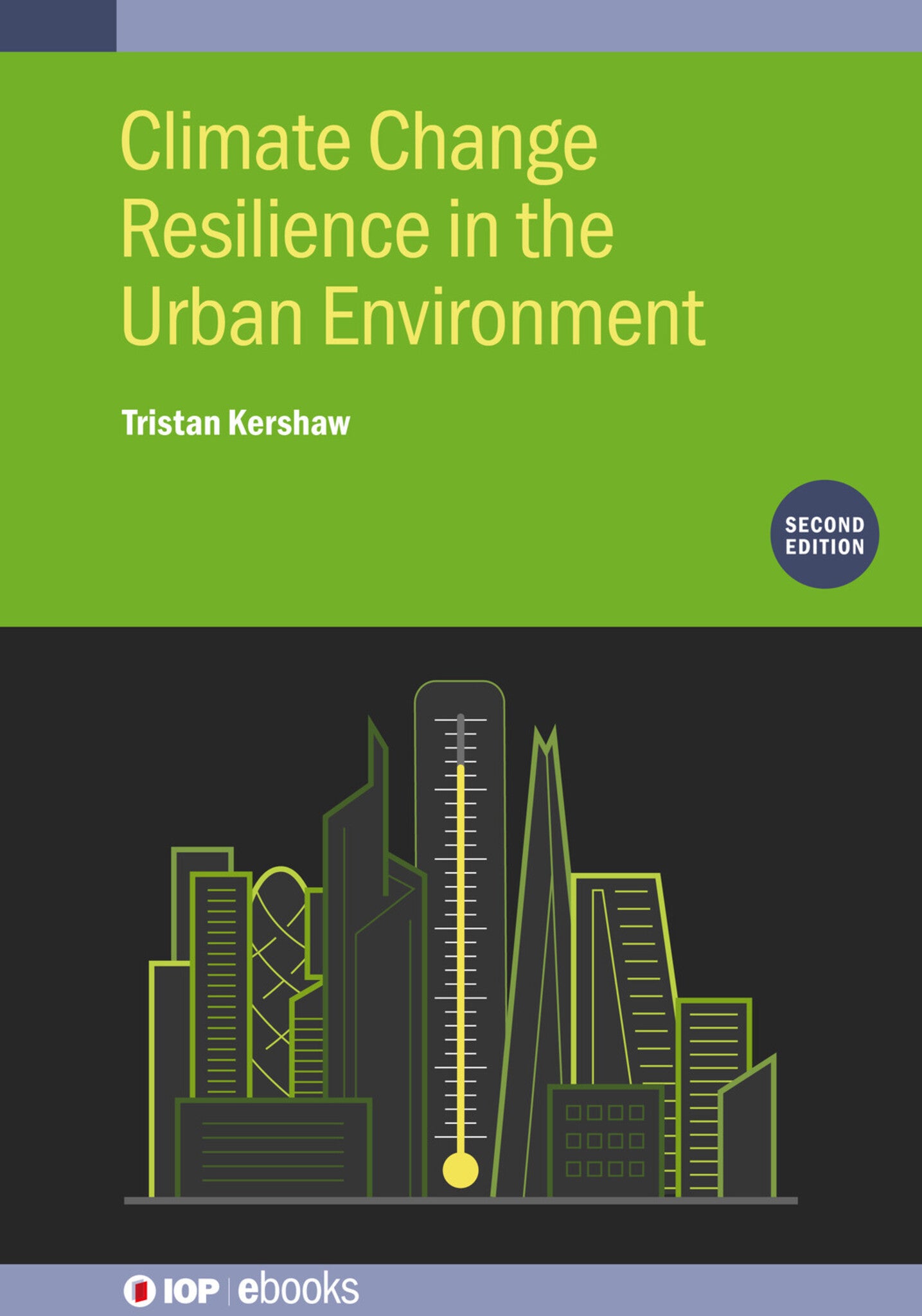We're sorry. An error has occurred
Please cancel or retry.
Climate Change Resilience in the Urban Environment (Second Edition)

Some error occured while loading the Quick View. Please close the Quick View and try reloading the page.
Couldn't load pickup availability
- Format:
-
18 November 2024

Climate Change Resilience in the Urban Environment provides a detailed overview of the risks of climate change for urban areas including those risks to human health. Of particular focus is the urban microclimate and how this can be modified to make cities more efficient, more comfortable, and healthier places to live and potentially offset climate change.
This second edition provides fresh perspective to the material in the first edition, and includes additional material on green and blue infrastructure in urban areas, the influence of urban geometry on comfort, heat islands and energy usage.
Key Features:
- Provides a comprehensive review of the impacts of climate change on the urban environment.
- Provides details of measures that can be employed to alleviate the effects of climate change (increase resilience).
- Includes an easy-to-understand guide of the building physics processes and how these determine climate resilience

SCIENCE / Global Warming & Climate Change, Climate change, ARCHITECTURE / Sustainability & Green Design, ARCHITECTURE / Urban & Land Use Planning, Urban and municipal planning and policy, Sustainability

Preface
Acknowledgements
Author biography
1 Climate change and its impacts
2 Decarbonisation and mitigation targets for the built environment
3 Water
4 Temperatures
5 The urban microclimate
6 Planning for urban resilience
7 Weather extremes
8 Conclusions



